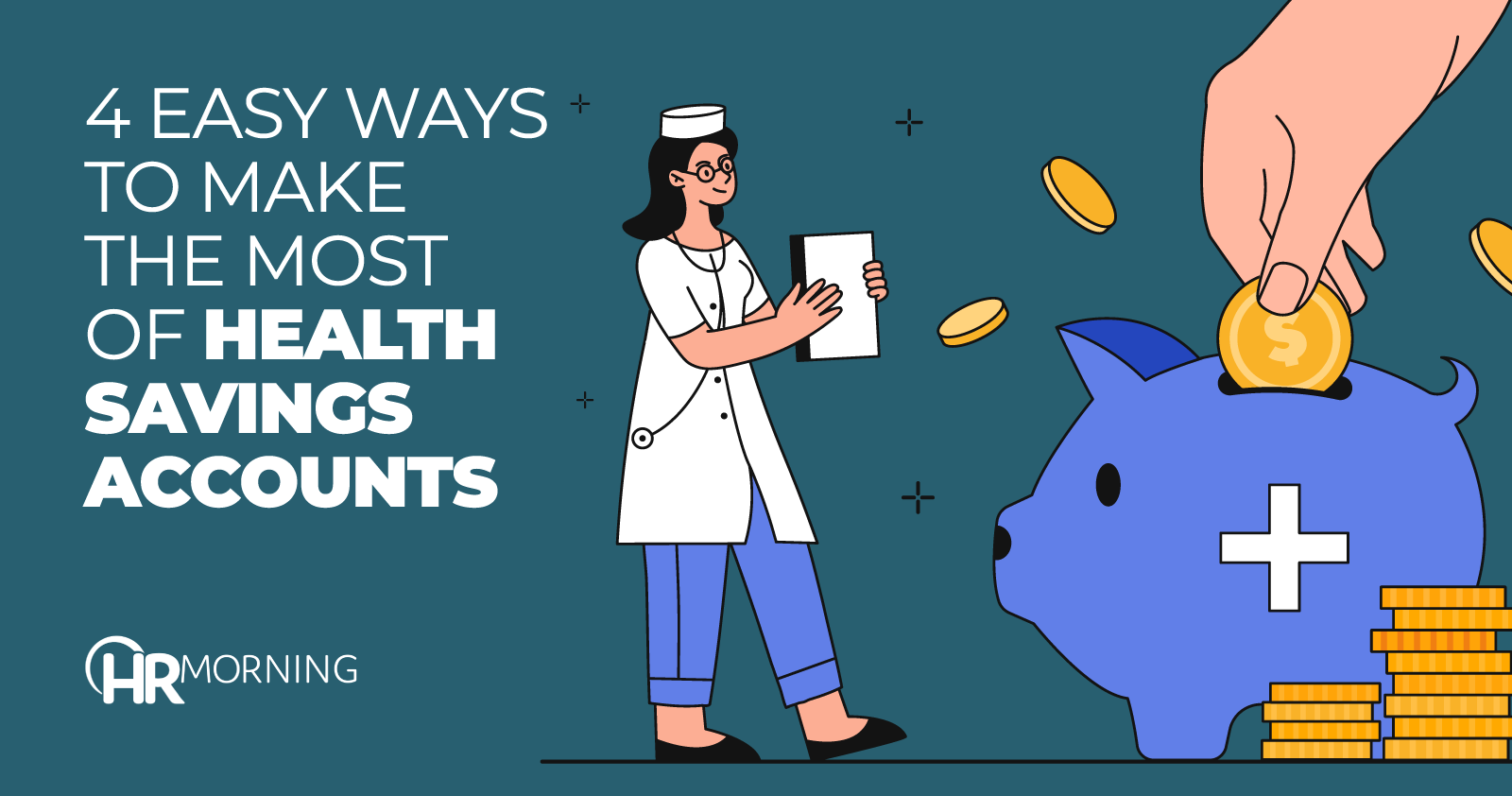With inflation driving the cost of goods and services steadily higher, your employees are looking for opportunities to save on essential expenses. Fortunately for many of these individuals, health savings accounts (HSAs) have become a tool for managing healthcare costs. They allow them to better navigate an environment where they’re being forced to delay care due to cost concerns, sometimes having to choose between healthcare needs and other daily costs of living.
Looking at recent data, it’s clear that these tax-advantaged accounts are popular among employers and employees alike. HSA enrollment continues to increase, with the most recent data showing more than 32 million account holders in 2022, an increase of nearly 10% from 2021. In addition, HSA assets increased 19% from 2020 to 2021, reaching $98 billion. Those assets are expected to hit $150 billion by the end of 2024, with the average account holder carrying a balance of $15,146, including both deposit and investment accounts.
The right fit for your workforce
Not sure if an HSA is right for your employee population?
Recent trend data shows that HSAs appeal to both spenders and savers, and can benefit employees throughout the course of their careers. For example, while HSA investments reached $34.4 billion in 2021, account holders are also actively spending their HSA funds. According to data from Devinir, 70% of HSA contributions are spent on healthcare expenses each year.
In addition, trend data from HSA Store shows that consumers are spending HSA funds not only on clinical services but on items that support their everyday health and well-being. More specifically, pain relieving massagers, breast pumps, baby monitors and other products for new parents, as well as OTC medications, fever reducers, allergy medicines and sunscreens were among the top items purchased by HSA users in 2021.
Help employees maximize Health Savings Accounts
Human resources professionals play an essential role in helping American families capitalize on the value of HSAs and protect the health and well-being of their families.
Here are four simple ways to help your employees get even more value from their HSA:
- Go back to the basics – again and again. HSA use may be common, but that doesn’t mean everyone understands how to use their account. According to one study, just 57% of employees say they have a good understanding of HSAs, and only 11% could identify the four basic attributes of an HSA. Make sure employees have a firm grasp of HSA benefits, as well as strategies like funding your HSA as you incur expenses to realize the tax benefits for employees who may not be able to contribute the maximum amount. For example, when buying everyday OTC medications, buy what you need, then fund the HSA and reimburse yourself. This allows employees to reimburse themselves when they need the cash, while not having to worry about a cash outlay.
- Connect employees to useful tools. HSA administrators and partners may provide tools to help employees plan for short-term and long-term expenses, and to estimate spending and savings potential. In addition, a receipt tracking dashboard can help employees track reimbursable expenses across multiple plan years. Ask your HSA partners about such tools and promote them to employees. Don’t forget to educate employees on health plan cost-and-quality tools to help them find high-quality, in-network providers, which can also produce savings.
- Encourage smart money moves. Be sure employees understand the triple tax savings that HSAs provide, so they can stretch their income farther by reducing the amount they pay in taxes. For example, making a last-minute contribution to reduce taxable income for 2022 before tax filing day in April. Or encouraging pre-retirees to take advantage of the catch-up contribution that allows them to contribute an extra $1,000 above the annual limit.
- Don’t undersell HSA eligibility. When employees understand the vast array of products and services that are HSA eligible, not only do they realize even more value from their HSA, but they discover ways to protect their health and healthcare dollars. If your workforce embraces fitness and outdoor adventure, point them to joint and muscle pain relief products, deep tissue massages, and OTC pain relievers, which they likely already buy with out-of-pocket funds. Do you have a large percentage of new or expectant parents in your population? Then educate employees about the vast array of HSA-eligible products and clinical services for children of all ages, and for pre- and post-natal care. If your employees experience high stress on the job, make them aware that mental health services and OTC stress and anxiety products are HSA eligible.
Employees are already purchasing these products, so why not buy them with tax-free dollars? You can also give employees access to a comprehensive, searchable eligibility list as a guide.
Now more than ever, your employees need a clear understanding of how their HSA works and how it can help them manage healthcare costs and open enrollment is the perfect time to reinforce this information.



